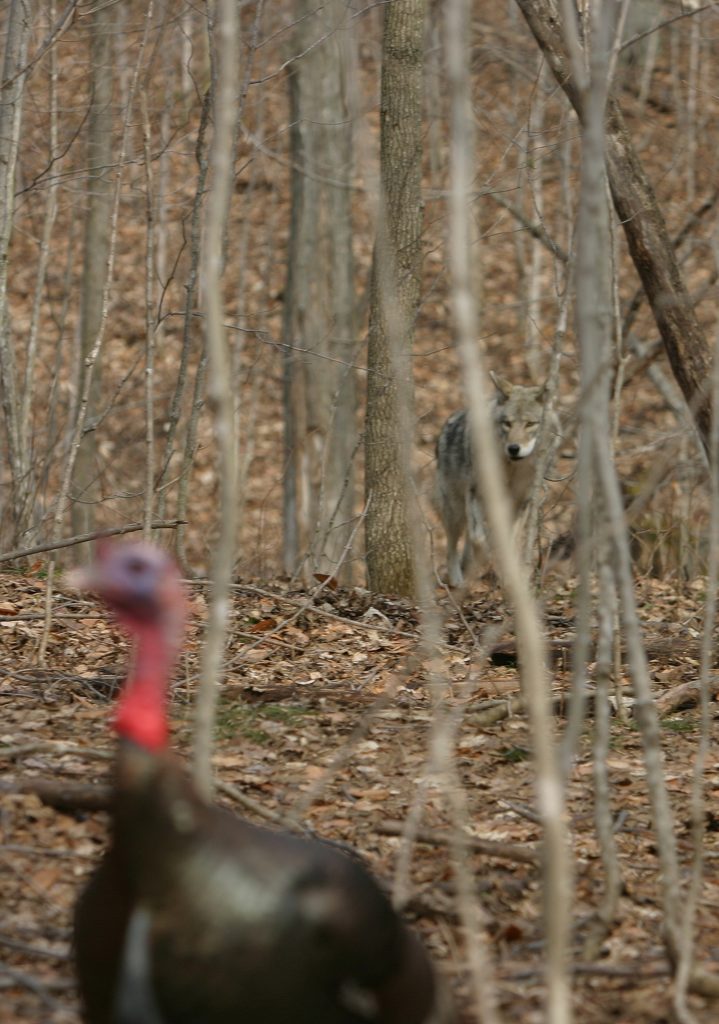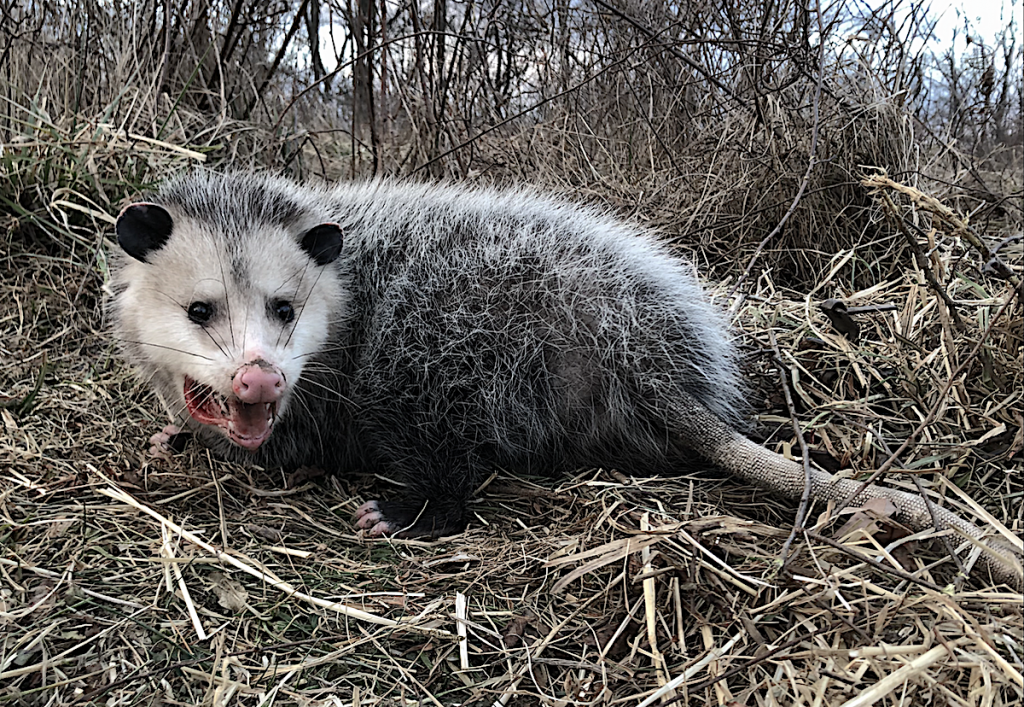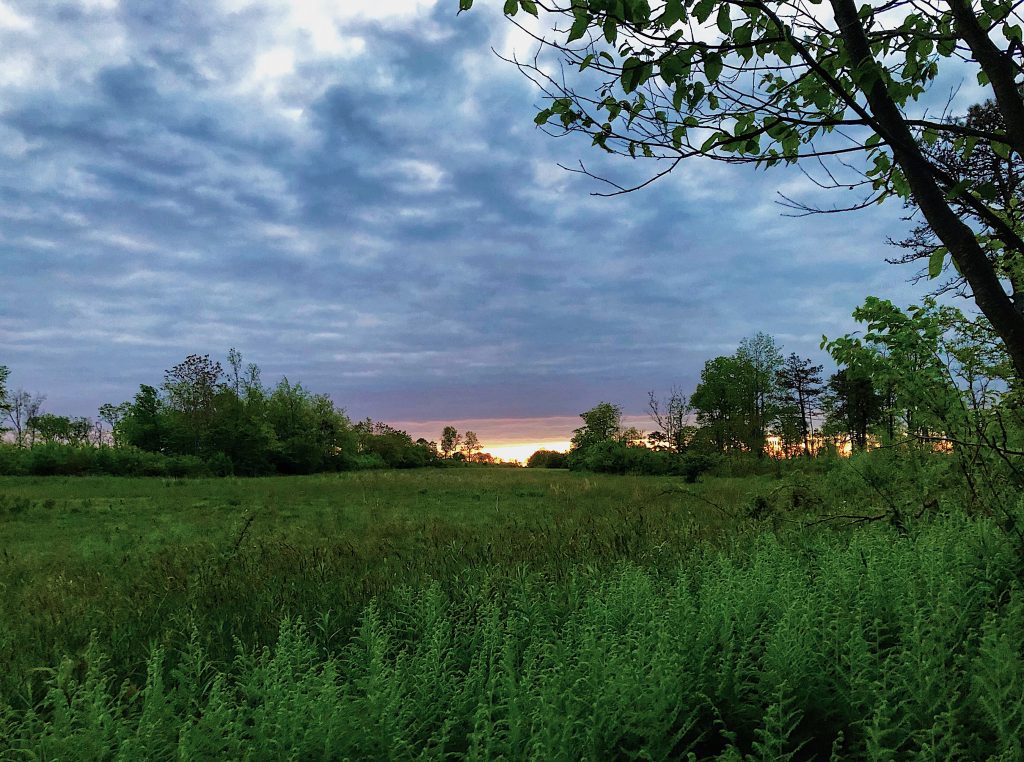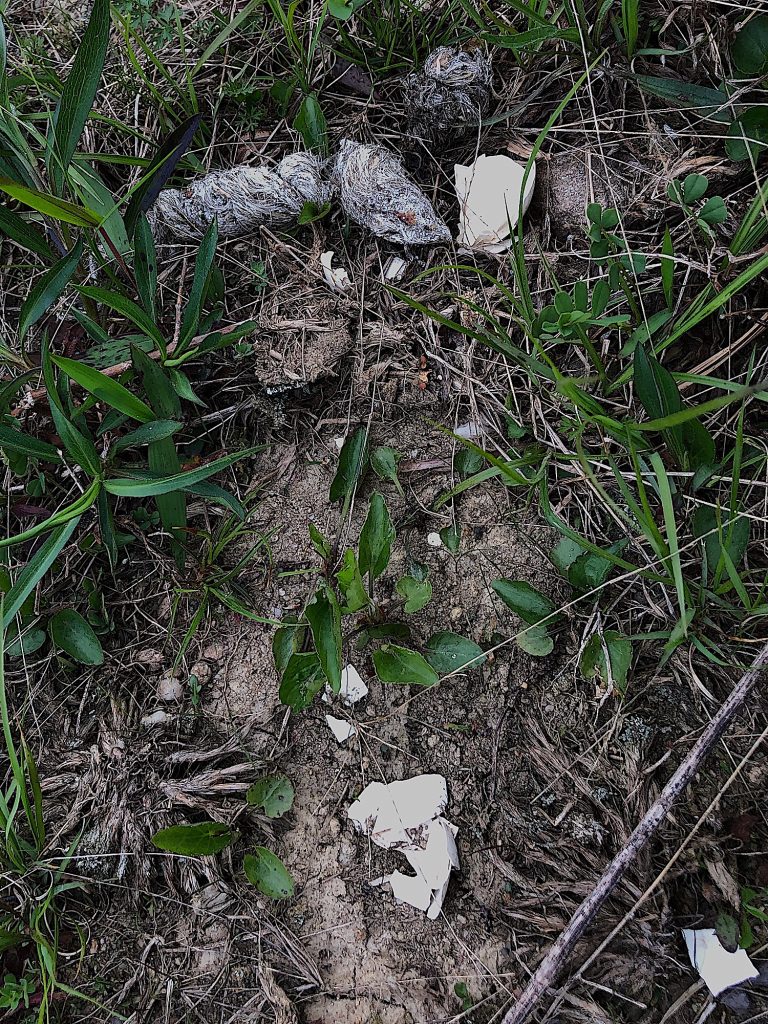Balance Beyond Boundaries
Finding the nexus between managing habitat and nest predators requires a landscape-scaled lens.

Pennsylvania Game Commission Biologist Mary Jo Casalena underscores two points when pressed about employing predator control to potentially boost wild turkey numbers. First, turkeys are a prey species targeted by numerous predators. Second, turkeys don’t live in a vacuum.
Encouraging wild turkey recruitment and productivity involves many factors, some of which are out of land managers’ control — like uncooperative weather, spotty hard mast, potential diseases, natural flock movement, and predation from federally protected aerial predators.
“Turkeys face a lot of challenges, especially at a young age,” Casalena said. “Invasive vegetation can choke out native diversity in brooding habitat, and spring weather conditions have become extremely variable. If there isn’t warm, dry weather, the poults can’t thermoregulate and mothers need to shelter them, which delays growth. If it’s cold and wet, insects aren’t as active, and food availability could be scarce. There are other influences that factor into the equation, but whenever it’s a poor recruitment year, a lack of secure nesting and broodrearing habitat is often part of the cause.”
Landowners can try to alleviate stressors for nesting hens and growing poults during this especially vulnerable time. Habitat improvements coupled with the removal of some nest predators is one approach.
“One way to help wild turkeys improve nesting success is to get involved with trapping furbearers like raccoons, skunks and opossums during the fall and winter trapping season,” said Dan Lynch, public relations director for the Pennsylvania Trappers Association. “These three fur-bearing species feed on both ground and tree nesting birds, as well as many other food sources, and are typically easy targets for trapping.”
These opportunistic feeders can discover nests, robbing eggs before they’re hatched and might even catch and kill young birds before reaching flight stage. Along with other land-dwelling predators like foxes and coyotes, they can be targeted with traditional foothold trapping techniques.
“Although fur prices are presently low, trapping lets folks get outdoors, key in on wildlife signs afield, and harvest species that, when properly tanned, make great additions to a person’s den or gifts for the family,” Lynch added.

While predator removal might provide some relief to turkeys and other prey species, trapping alone likely isn’t enough to significantly impact wildlife populations.
“If people want to trap predators on their properties, that’s a great use of their time, but that won’t entirely solve their problem if they don’t have a healthy population of turkeys on their property,” Casalena said.
Instead, land managers must look at their properties and neighboring land as well, assessing management options through more of a landscape-scaled lens.
“At local levels, landowners might successfully put a temporary dent in the predator population on their own property, but that doesn’t mean turkeys will just magically be abundant there,” NWTF District Biologist Mitchell Blake said. “Predators and prey are always on the move and don’t abide by property lines.

“We know that turkey flocks generally disperse every spring, sometimes up to 3 to 5 miles, with some traveling more than 25 miles. They could disperse from a property where predators were trapped to another that wasn’t. Others could move into the trapped property, but even there, you’d have to assume other predators would move in as well.”
Blake recommends creating space for turkeys by eliminating invasive species and proving more brood-rearing habitat with nearby escape cover. Add in nesting habitat by managing for forest health that exhibits varying stages of structure and diversity.
“Cooperation with neighbors is helpful in managing the overall landscape, especially where adjacent properties are relatively small,” Casalena added. “If one neighbor has good winter thermal cover and another has good food sources, manage your property for nesting and brood-rearing habitat, which you want to keep adjacent to each other.”

Blake adds, “We are seeing hens nest in some nasty, thick, steep places where they successfully hatch a clutch; however, the hens then have to take those poults (a distance) to find quality habitat, such as field edges and openings for brood rearing where they might get targeted by predators (along the way). Quality habitat will often concentrate a prey species and in return, concentrate the predators.”
A population dynamics study is underway in Pennsylvania, (Maryland and Ohio joined in 2023, and New Jersey joins in 2024), which involves placing radio transmitters on hens to examine factors that limit turkey populations, such as reproduction, survival (including predation), disease and habitat use.
“We’re working cooperatively with Penn State, University of Pennsylvania’s Penn Vet, Ohio State University, and the wildlife agencies in these states, with funding from U.S. Fish and Wildlife Service Pittman-Robertson funds, NWTF and the Pennsylvania Chapter of NWTF, hoping to glean more insight into turkey survival and recruitment. The study runs through 2025,” Casalena said. “It’s important for people to understand, if you’re not seeing as many turkeys as you’d like, don’t just stand by and watch; do something about it, and work with adjacent landowners to get the biggest bang for your buck (or turkey).”